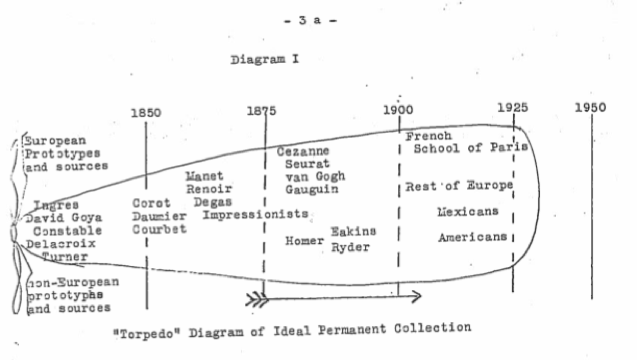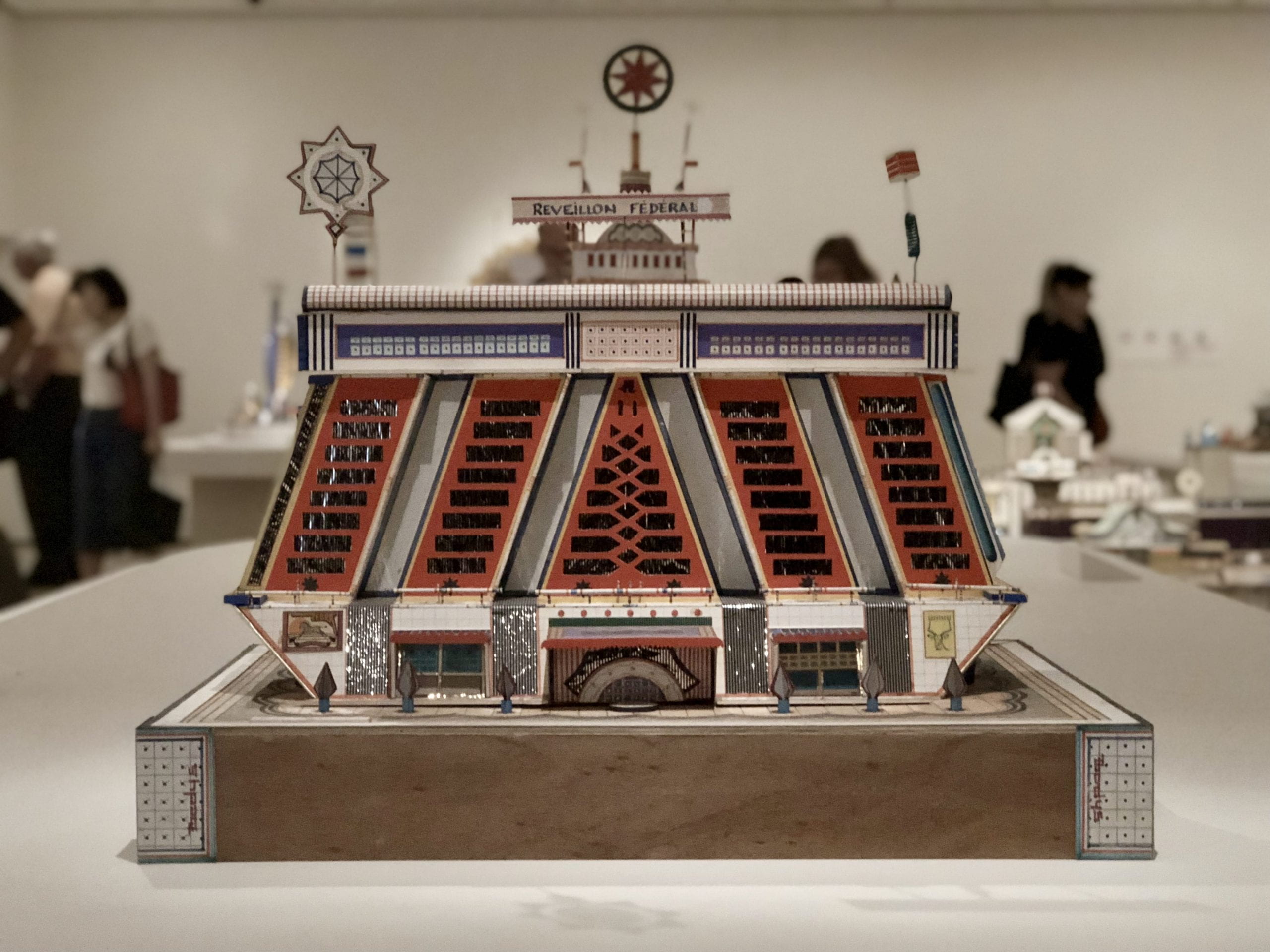Tag Postmodernism
By guest contributor Edward Maza In a 1953 letter, Alfred H. Barr Jr.—the founding director of New York’s Museum of Modern Art—wrote: “in our civilization with what seems to be a general decline in religious, ethical, and moral convictions, art… Continue Reading →
All photographs by Enrique Ramirez, click to enlarge + read captions By guest contributor Enrique Ramirez There was a moment upon entering Bodys Isek Kingelez: City Dreams, currently at MoMA until January 1, 2019, when I felt as if I… Continue Reading →
by guest contributor Michael C. Behrent Few living thinkers have been as prolific as the dead Michel Foucault. In the thirty-two years since his death, he has published thirteen book-length lecture courses, four volumes of interviews and papers (totaling over… Continue Reading →
by guest contributor Audrey Borowski Paradox features prominently in Leibniz’s thought process, and yet has failed to receive much attention within mainstream scholarship. The French philosopher Gilles Deleuze, however, devoted his book The Logic of Sense to the analysis of… Continue Reading →



